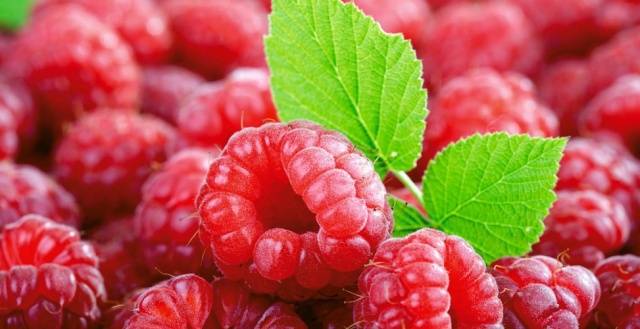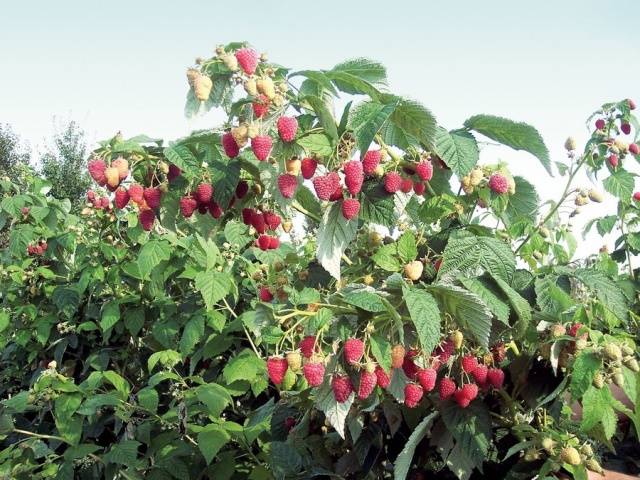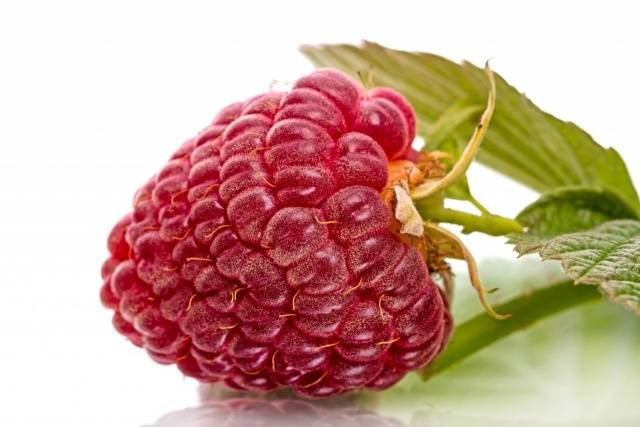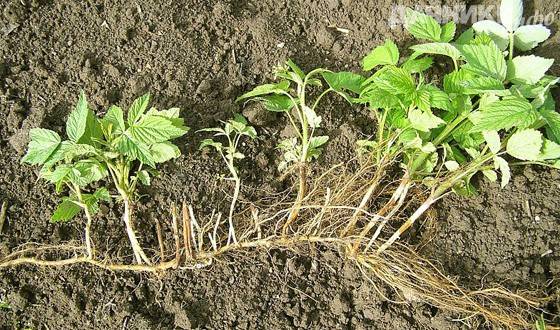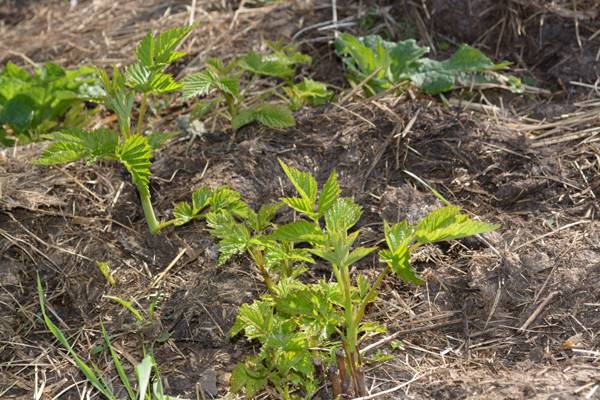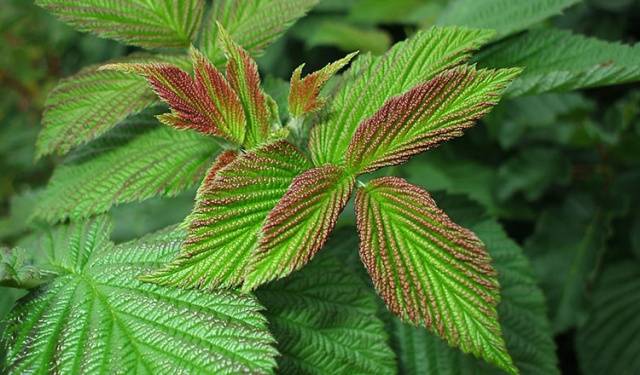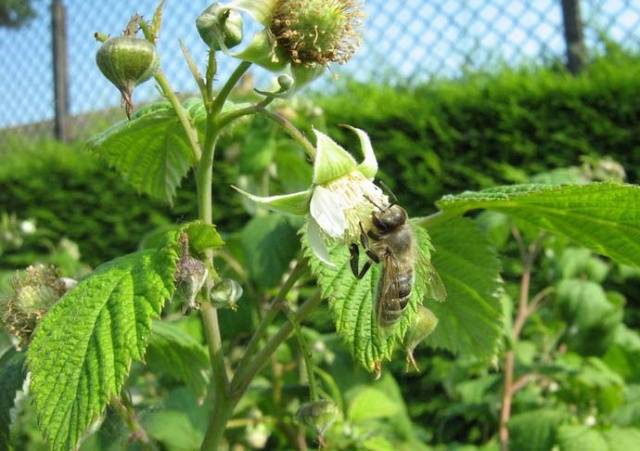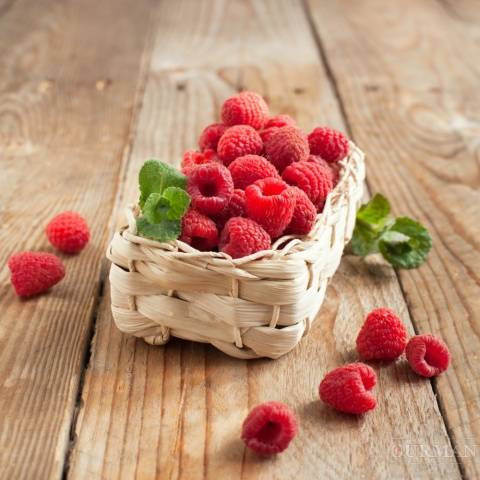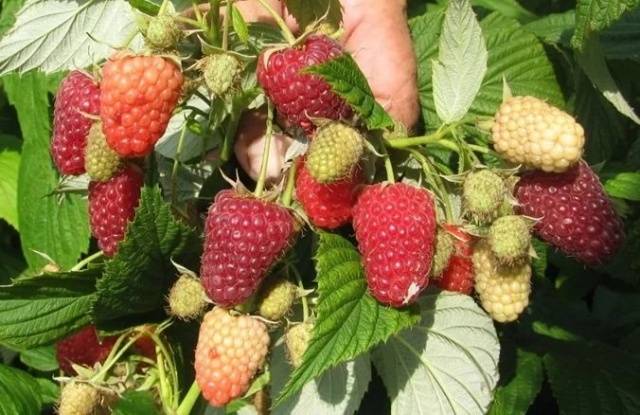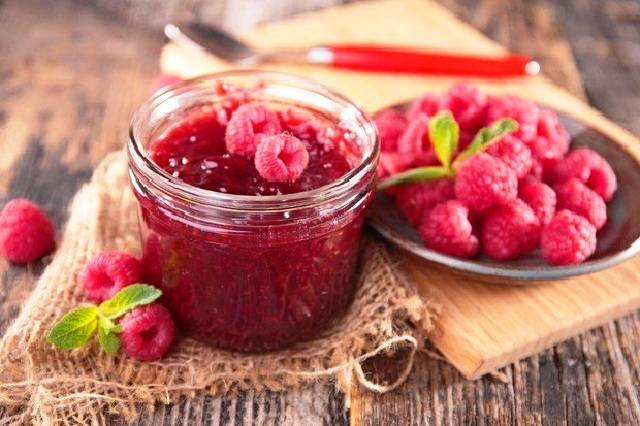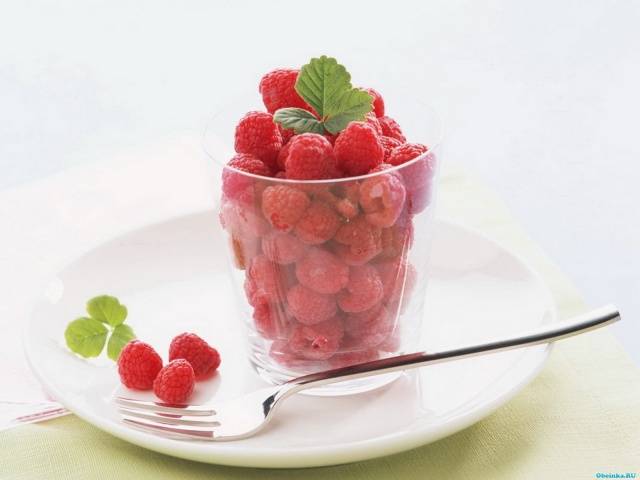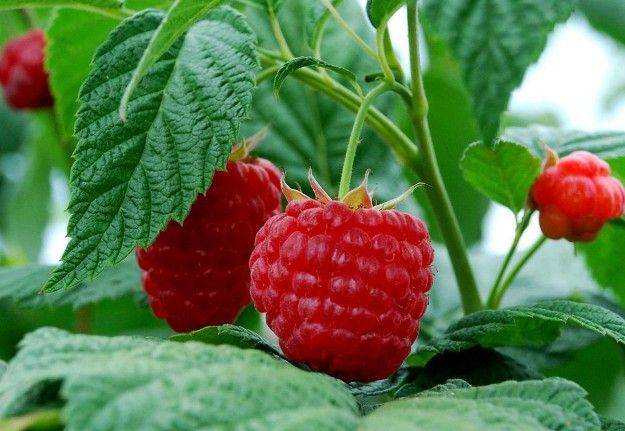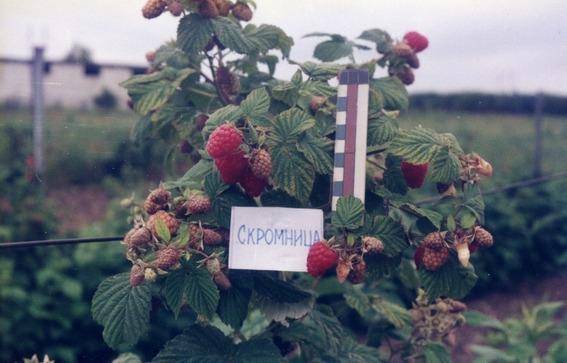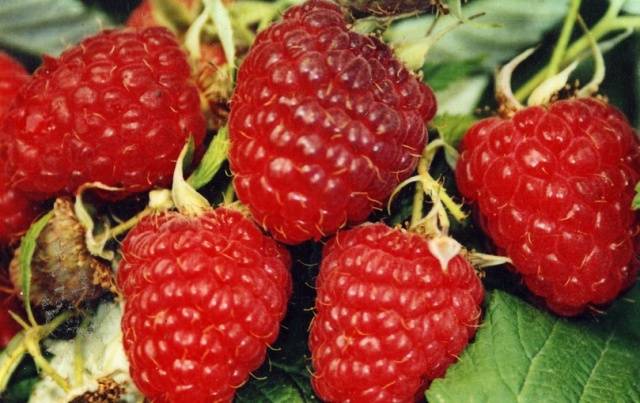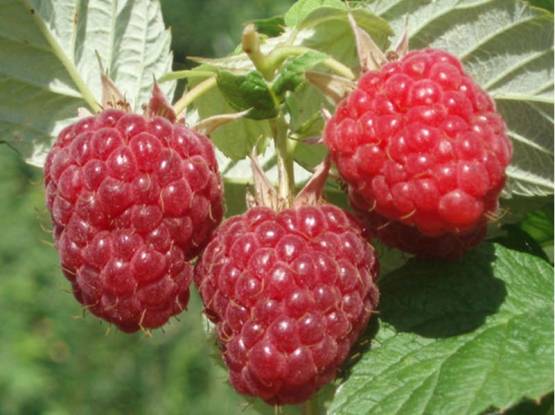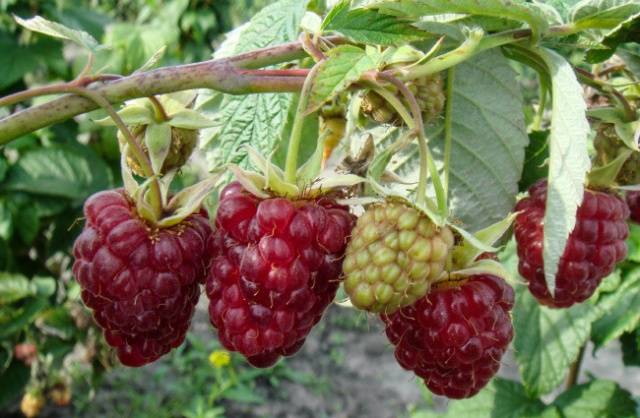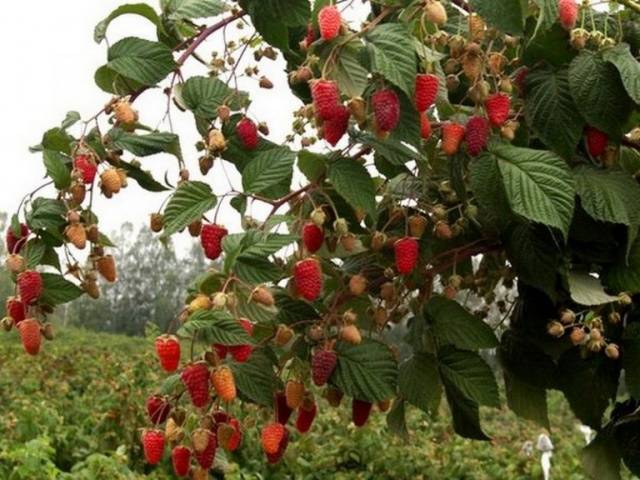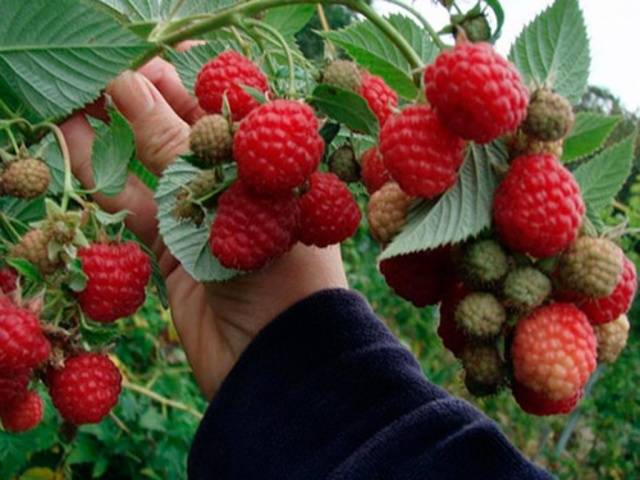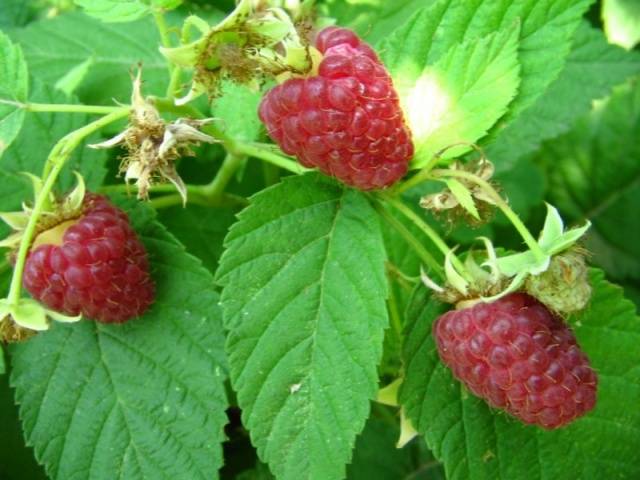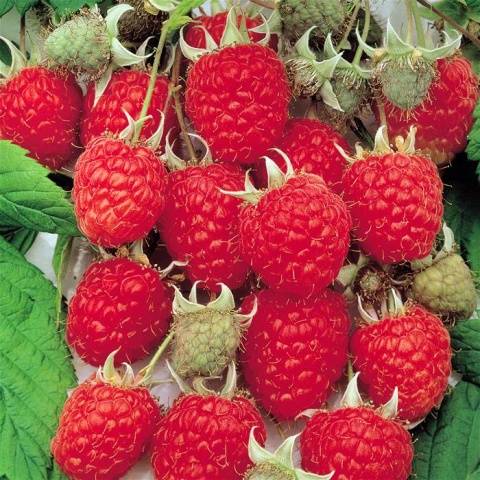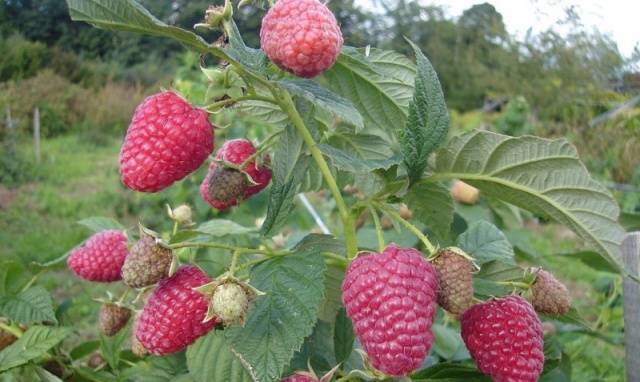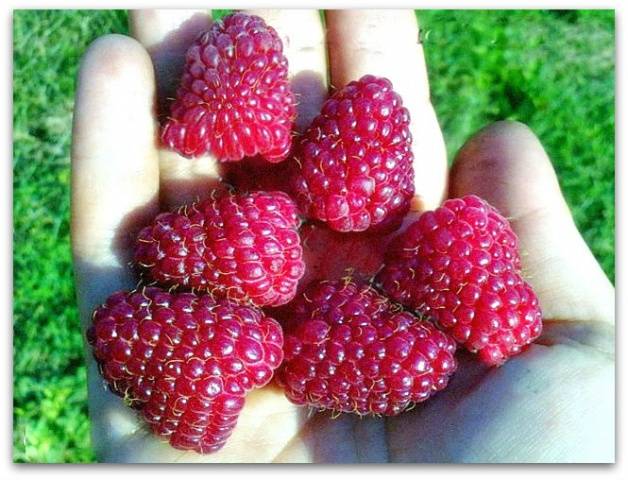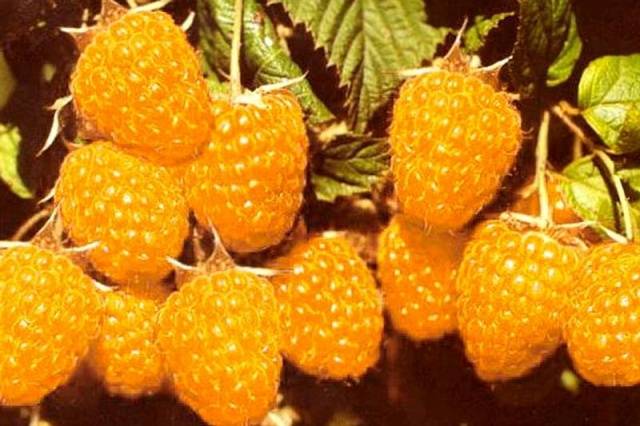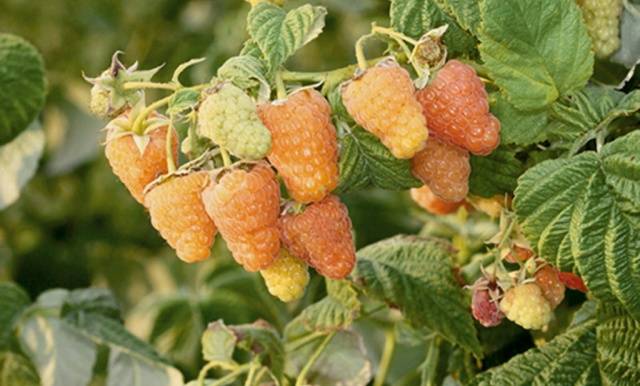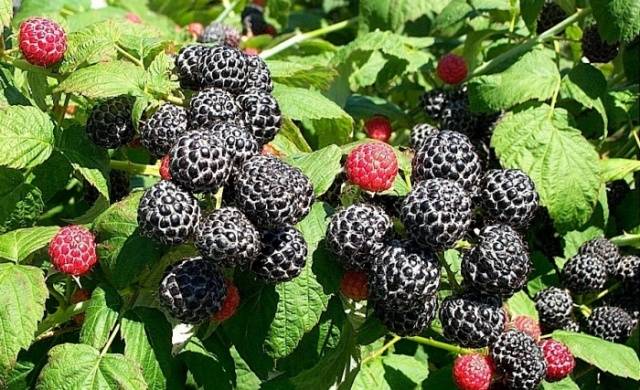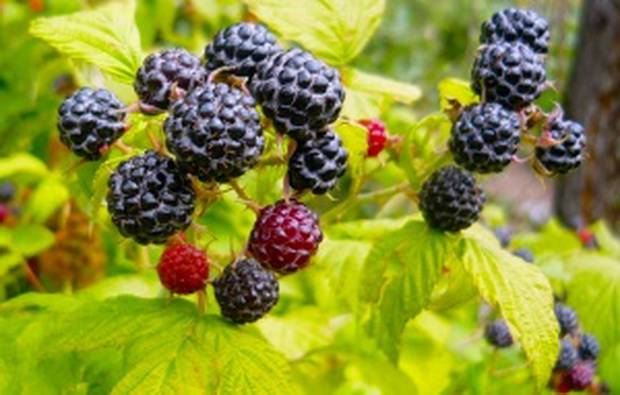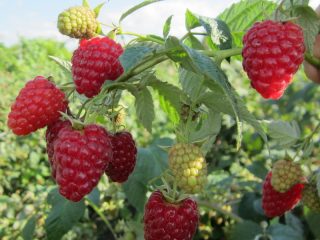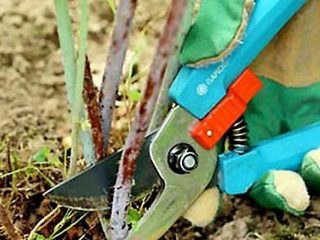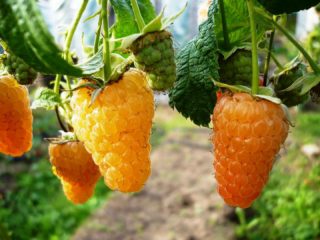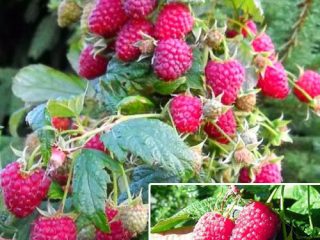Content
Raspberries belong to plants, the fruits of which mankind has used since time immemorial. Archaeologists discovered its seeds at the ancient sites of people of the Stone and Bronze Ages. Wild raspberries live in Europe, Asia, North America. Its distribution is associated mainly with the northern part of the European and American continents, respectively, in general, it is more frost-resistant than drought-resistant culture.
From mountain ranges and forests, raspberries gradually moved to human dwellings, today they are grown everywhere in temperate climates, many varieties are suitable for the northwestern regions. The best varieties of raspberries we try to plant on our sites.
Biological description of raspberries
The raspberry belongs to the genus Rubus of the Rosaceae family. The genus consists of almost one and a half thousand species. The sisters of the garden varieties of raspberries growing in our country almost everywhere are blackberries, prince, cloudberries, kumanik, stoneberry and other less well-known species.
Most species come from temperate or cold zones of the northern hemisphere, but some grow in the Arctic Circle, in the tropical mountainous regions of the southern hemisphere, on oceanic islands.
Origin of modern varieties
Raspberries, the varieties of which we are used to planting in our personal plots, originate from the following species:
- European red raspberry;
- American black raspberry;
- Aromatic American raspberries;
- American red raspberry;
- Asiatic raspberry purple;
- Asian yellow raspberry;
- South American species Glencourt (Mora).
Mainly modern varieties with high yields and excellent taste are obtained by crossing European red raspberries with other species. They have preserved its large size and high fruit quality.
The tasks of modern breeding
Possessing genes of various species in the hybrid offspring, modern raspberries differ in color, size, and taste of berries. And also productivity, drought resistance, frost resistance, size and number of thorns differ. There are early and mid-season varieties, raspberries, fruiting in autumn and remontant (re-bearing).
When creating the latest varieties and hybrids, breeders are tasked with creating raspberries with the following characteristics:
- Large-fruited. The mass of berries should not be less than 5 g.
- Density of retention of drupes on the peduncle. What's the use of high quality berries if they fall to the ground immediately after ripening.
- High taste and nutritional qualities.
- Mechanical strength of shoots.
- Good transportability. Raspberries are tender, easily crumpled, breeders are trying to create varieties suitable for long-distance transportation without losing marketability.
- Resistance to diseases, pests, adverse weather conditions.
- High productivity.
The structure of the raspberry bush
By the nature of growth and fruiting, raspberries belong to shrub berry crops.
Roots
Raspberries have a well-branched root system, most of them are located in the upper layers of the soil, mainly at a depth of 30-40 cm.Only a small number of roots penetrate deeper (up to 1 meter), primarily on light sandy soils. In the horizontal direction, they grow by 2-3 m, but most are located within a radius of 50-60 cm.
The strong root system of raspberries promotes the formation of powerful shoots and ensures good yields. The longevity of each individual bush is determined by the time until replacement shoots grow from the buds of the rhizome.
Stems
Raspberry stems have a two-year development cycle. Depending on the growth vigor of the variety, the age of the bush, growing conditions, providing them with nutrients and moisture, the shoots in the first year of development can grow up to 1.5-3.0 m.This year they do not branch (which does not apply to remontant raspberries). Some varieties have straight stems, while others grow with some bias.
At the beginning of the growing season, the shoots grow intensively, with a daily growth of 4 cm or more, and the higher and thicker they are, the better we can expect the raspberry harvest in the next season. From an excess of nutrients and moisture, the stems can grow in height by almost 2.0 m. They will not have time to ripen before frost and will freeze or freeze, which will definitely negatively affect the yield. In addition, during the fruiting of raspberries without a trellis, the shoots will fall, which will also not have the best effect on the quality and quantity of berries.
Last year's raspberry stems are called fruiting shoots, they grow neither in height nor in thickness. Twigs with leaves and inflorescences develop from mixed buds. After fruiting raspberries, they gradually die off until late in the fall they die completely. During aging, they draw water and nutrients from the soil. They need to be cut to the surface of the ground in a timely manner.
Buds and leaves
Raspberry buds are laid in the leaf axils on annual shoots. In most varieties, they are formed in two - one on top of the other. Usually, the upper ones are better developed, from them fruit branches will grow in the future, and from the lower buds - rosettes of leaves. It happens that both are equally developed, in case of damage to the upper bud, not leaves are formed from the lower one, but a fruit twig, though weak, with small fruits.
During the growing season of raspberries on the shoot, replacing each other, up to 40 leaves can grow. Their formation begins in the spring and usually lasts until the end of summer, and each leaf lives for about 30 days.
Flowers
Raspberry flowers are bisexual and well pollinated with their pollen. Although this plant is self-fertile, the best yields are obtained from a plantation on which 2-3 different varieties grow. Raspberry inflorescences on fruit twigs, collected in a bunch of 3-5 flowers, do not open at the same time. The top ones open first, and then the bottom ones, so flowering usually lasts 25-30 days.
Fruit
The raspberry fruit is a composite drupe - a collection of small juicy drupes that have grown together. Fruits are formed and retained on a hard, inedible stalk, which, depending on the variety, makes up from 7 to 15% of the total mass of the berry.
In shape, the fruits can be:
- round;
- oval;
- conical (truncated-conical);
- cylindrical.
The color of raspberries usually ranges from pink to deep burgundy. There are very sweet, but low-aromatic yellow dessert varieties and black ones, most often used for processing.
The size of the fruit in raspberries depends primarily on the variety, but the fertility of the soil and the water regime are important. The berries of the first harvest are usually the largest. Raspberries can have fruits:
- small - within 1 g;
- medium - 2-3 g;
- large - from 4-5 to 6-8 g.
The quality of the berries, in addition to the taste and size, is determined by the adhesion strength of individual drupes, the density of their connection, and the density of the pulp.
The crop ripens unevenly. Berries from one bush are harvested as they ripen in 5-10 receptions, depending on the variety and weather conditions. From the beginning of flowering to the time of the beginning of ripening of berries, an average of 30 days pass.
The benefits of raspberries
In addition to being tasty, raspberries are used to prepare juices, syrups, preserves, marmalades, wines, and tinctures. It is dried, frozen, added to fruit salads and compotes. Raspberries are valuable honey plantand the dried leaves are used to make tea substitutes.
Raspberries contain sugars, traces of essential oils, proteins, pectins, mucus, organic acids, alcohols, vitamins A, B, C, tannins. Its seeds contain up to 22% fatty oils.
Raspberry fruits and leaves are widely used in folk medicine, are included in many medicinal collections, the effectiveness of which is recognized by official medicine. Currently, active research is underway on the healing properties of raspberry leaves. As shown by the latest research, they contain substances that are similar to the action of some hormones, but do not cause side effects.
Raspberry varieties
We offer you a description of raspberry varieties and photos to make it easier to navigate the huge number of existing varieties. Even in the smallest area, you can plant several varieties of raspberries with different ripening periods and enjoy tasty healthy fruits until autumn.
Early varieties
Of course, the early varieties of raspberries are the most desirable in any area. We have been waiting for this berry for a whole year, we are happy to harvest the first harvest. Early raspberries are the most expensive, so we list varieties that can be grown commercially, just on large plots, and intended for sale.
Novokitaevskaya
An early variety, extremely productive, it is capable of producing 150-200 quintals per hectare on an industrial scale. Winter and drought-resistant raspberry, resistant to stem damage. Red blunt-pointed fruits weighing 2-2.5 g have high consumer qualities.
Bryansk cascade
Medium-sized, medium-spreading bushes of raspberries produce medium-sized berries weighing about 2.5 g. They have a blunt-pointed shape and a raspberry color. This variety requires little maintenance, can be grown on large plantations, where it gives a yield of about 80 centners per hectare.
Meteor
This variety of raspberries ripens earlier than others, and is also intended for cultivation in cold climates. Blunt-pointed berries weighing up to 3 g are sweet and sour in taste with a raspberry color. Productivity - up to 80 kg / ha, disease and drought resistance - high.
Mid-season varieties
After satisfying your appetite, you can start making raspberries. It is the varieties that ripen in the second half of summer that are usually processed.
Shy
Relatively low-growing bushes of raspberries with erect shoots are winter-hardy, but they have an average drought resistance, give up to 100 centners per hectare. Conical, slightly pubescent sweet and sour berries, 3-4 g each, have a dark raspberry color, a weak aroma.
Reward
A variety with medium or tall erect bushes, high resistance to cold and drought, yields a yield of 100-140 c / ha. Dark red blunt-pointed berries 3.0-3.5 g are very tasty, sweet and sour.
Balm
An upright thorny bush of this variety of raspberries reaches a height of 1.8 m, has good winter hardiness. Dark purple berries reach 2.5-2.8 g are most suitable for processing. Productivity - on average 60-80 kg / ha.
Giant
The yield of this variety is very high - it can give an average of 4-6 kg per bush, and under favorable weather conditions up to 8. Large-fruited, weighing up to 18 g, bright red raspberry with elongated dense berries has a sweet and sour taste. This variety has another name - Pride of Russia.Winter hardiness of raspberries is good, but in the north it requires shelter.
Late varieties
If, for one reason or another, there are no remontant varieties on your site, late raspberries will come to the rescue.
Brigantine
Erect compact bushes of this variety grow up to 1.8-2 m, winters well and yield up to 55 c / ha. Rounded-conical berries weighing 3.0-3.2 g are bright red, suitable for processing.
Hercules
Raspberries have strong erect shoots that do not require a garter. Fruiting from August until frost, managing to give up to 70% of the harvest. Berries - 5-10 g, ruby color, sweet and sour.
Repaired varieties
Repaired raspberries have such a biological feature - they bear fruit in the summer on last year's stems, and in the fall - on the upper part of the shoots of the current year. In the next season in summer, the summer harvest of berries is formed on the same branches.
Indian summer
Low, with strong, well-branched shoots, raspberry bushes bear fruit before frost, yield up to 40 centners per hectare, with good care - up to 70. Very tasty berries of this variety, weighing 2.5-3 g, have a truncated-conical shape.
Zeva
Strong bushes are medium-sized, have a yield of 50 kg / ha or more. Shiny elongated berries weighing 2.5-2.7 g are very tasty. A variety of Swiss selection.
Brusvyan
A repaired variety, the first harvest gives very early, the second - from mid-August to frost. Up to 7 kg of very tasty, however, sour raspberry berries weighing up to 15 g are harvested from the bush. Shoots easily reach 2.0 m, have few thorns. The fruits retain their shape well during transportation.
Monomakh hat
A low bush of this variety looks like a tree. Elongated ruby berries weigh about 7 g, in the south they yield up to 5.5 kg per bush, in the northern latitudes half of the harvest does not have time to ripen - up to 2.5 kg.
Yellow varieties
The sweetest dessert varieties, best suited for fresh consumption. Unfortunately, in terms of aroma, they cannot be compared with red raspberries.
Yellow giant
This variety is considered the largest-fruited, its berries can reach the size of a walnut. It tolerates frost very well, its shoots reach 2.5 m.
Orange miracle
This variety is distinguished by its unpretentiousness, good winter hardiness, and disease resistance. Conical long berries are bright orange, dense, tolerate transportation well, their weight is from 4.5 to 6 g. The semi-sprawling bush needs a garter and gives up to 2.5 kg of fruit.
Black varieties
This raspberry comes from America and has almost no root growth, which makes it easy to care for.
Cumberland
The description of raspberry varieties will be incomplete if we do not mention Cumberland. This is the most popular and widespread variety of black raspberries in our country, which is not at all, as some say, a hybrid of blackberries. The bush, which is very resistant to disease and frost, requires an obligatory garter, bears fruit for a long time, does not crumble. Someone thinks that this raspberry tastes very sweet and has too large bones, but it is best to freeze it - the berries keep their shape and do not blur. Productivity - within 4-7 kg per bush.
Ember
A variety of domestic selection, early maturing, winter-hardy, with oblong berries weighing up to 3 g and shoots growing up to 2 m.
Conclusion
Raspberries are one of those berries that Russians can enjoy to the fullest, growing in their personal plots. After all, Russia is a recognized leader in the world market for the production of this culture. It is easy to care for, and many varieties winter well, even in cold climates.
